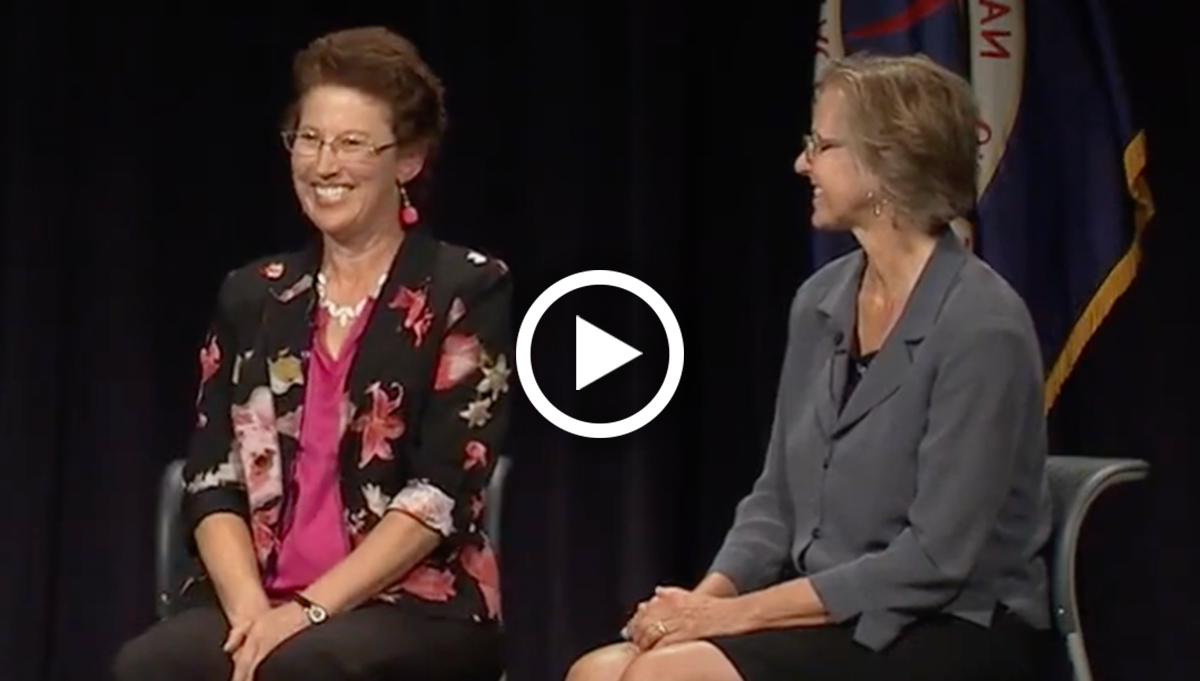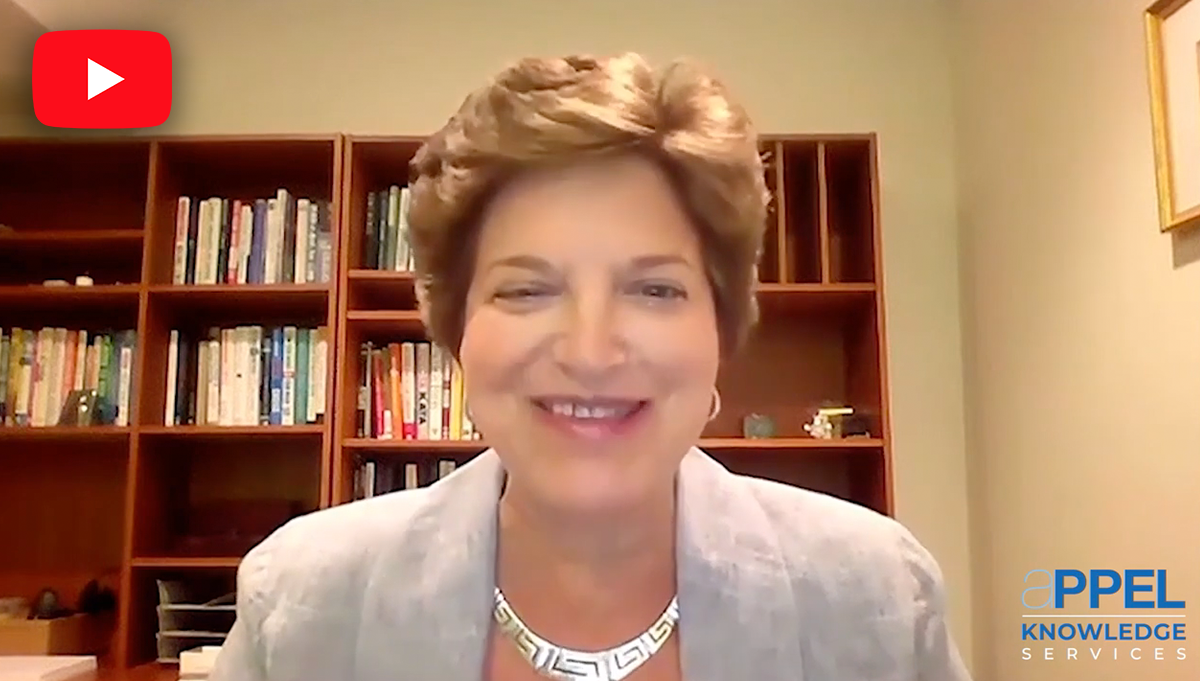Out-of-house work brings some specific challenges for a NASA project manager.
Terry O’Malley, who serves as the NEXT-C Project Manager, gives lessons and tips about how to manage out-of-house work effectively.
Video key learning points:
- 1.
Having an embedded team member working with the contractor at their site has many benefits from understanding how the company is operating and running the project to being able to make better decisions due to having more understanding and information.
- 2.
A project manager must make sure that the right people on the project are connecting and talking to each other. This routine communication includes the contractor team and the internal NASA team.
- 3.
Have a Plan B to work on if there are unforeseen technical issues that arise on a project. You can start working on another part of the project to help stay on schedule in case an issue stops work on another area of the project. A NASA project manager should have these alternate options ready for both the contractor and NASA team on a project to try to keep on schedule.
- 4.
Out-of-house work is more effective if there is strong trust in the relationship between the contractor and NASA. This trust allows the contractors to bring up any identified issues. A NASA project manager shouldn’t be too punitive if there are technical issues communicated by the contractors.
- 5.
NASA and contractor teams that have worked closely together for an extended period of time usually have the advantage of strong relationships that increase good communication between both parties.
Related Resources
Gridded Ion Thrusters (NEXT-C)
NASA APPEL ASK Magazine Article: Living with the Contractor
NASA APPEL: Building and Leading NASA Teams Courses
NASA APPEL ASK Magazine Article: Good Team Design
NASA APPEL VPMC: Building Effective Project Teams for Mission Success









